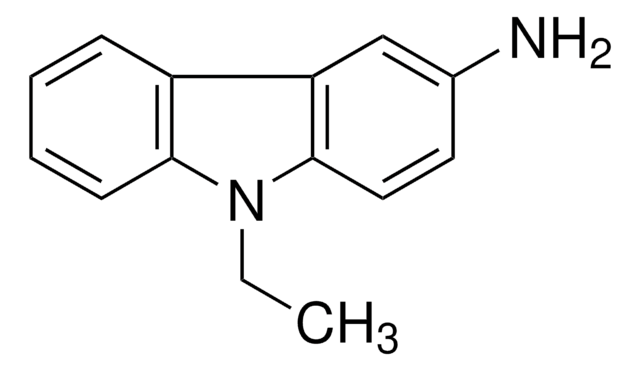B0753
2,3-Butanedione monoxime
≥98% (GC), powder, ATP-sensitive K⁺ and Ca²⁺ channel inhibitor
Sinonimo/i:
BDM
About This Item
Prodotti consigliati
product name
2,3-Butanedione monoxime, ≥98%
Saggio
≥98%
Forma fisica
powder
P. eboll.
185-186 °C (lit.)
Punto di fusione
75-78 °C (lit.)
Stringa SMILE
CC(=O)\C(C)=N\O
InChI
1S/C4H7NO2/c1-3(5-7)4(2)6/h7H,1-2H3/b5-3+
FSEUPUDHEBLWJY-HWKANZROSA-N
Informazioni sul gene
human ... KCNB1(3745)
Cerchi prodotti simili? Visita Guida al confronto tra prodotti
Applicazioni
- in single-molecule myosin V motility assays
- as an anesthetic in the approach of imaging transgenic animals
- to reduce rigor tension in muscle fibres
- as a media component for mice cardiomyocytes culture
Azioni biochim/fisiol
Codice della classe di stoccaggio
11 - Combustible Solids
Classe di pericolosità dell'acqua (WGK)
WGK 3
Punto d’infiammabilità (°F)
Not applicable
Punto d’infiammabilità (°C)
Not applicable
Dispositivi di protezione individuale
Eyeshields, Gloves, type N95 (US)
Certificati d'analisi (COA)
Cerca il Certificati d'analisi (COA) digitando il numero di lotto/batch corrispondente. I numeri di lotto o di batch sono stampati sull'etichetta dei prodotti dopo la parola ‘Lotto’ o ‘Batch’.
Possiedi già questo prodotto?
I documenti relativi ai prodotti acquistati recentemente sono disponibili nell’Archivio dei documenti.
I clienti hanno visto anche
Il team dei nostri ricercatori vanta grande esperienza in tutte le aree della ricerca quali Life Science, scienza dei materiali, sintesi chimica, cromatografia, discipline analitiche, ecc..
Contatta l'Assistenza Tecnica.











